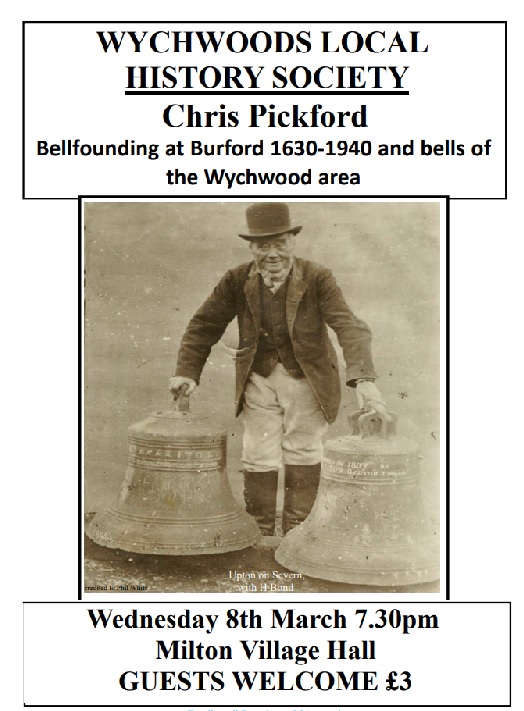
The Society was fortunate to have as speaker in March, Chris Pickford, archivist and historian, whose knowledge of all things bells is impressive.
His subjects were ‘Bellfounding at Burford 1630 to 1940’ and ‘Some bells of the Wychwood area’.
A sizeable audience braved a snowy evening to attend. It was bolstered by a number of guests from Burford History Society who kindly brought along a selection of items from the Tolsey Museum collection, including handbells and mortars, as well as photographs and documents pertaining to the bell foundries of Burford.
The Wychwoods Local History Society also showed its own bell recovered from the Shipton’s now demolished tin tabernacle ( read about it here ).
Chris introduced his talk with a brief look at the origin of bells as instruments of communication showing photographs of some of the earliest examples, including a set of 65 musical bells cast in China 2400 years ago.
He then looked in detail at the eight bells in Saint John the Baptist Church in Burford one of which, the tenor weighing 17 cwt, dates from the mid-14th century. Chris explained that Burford’s first bell foundry was run by the Neale family in the 17th century. Henry Neale was active between 1627 and 1641, joined by Edward Neale in 1635 and continuing the business until 1685.
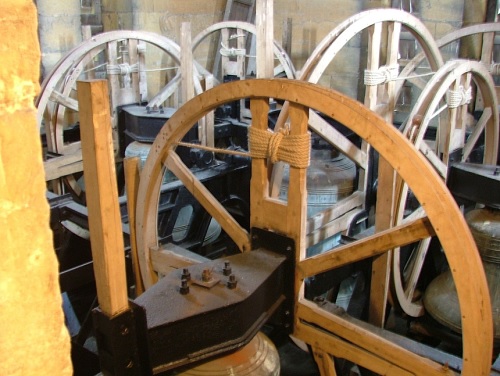
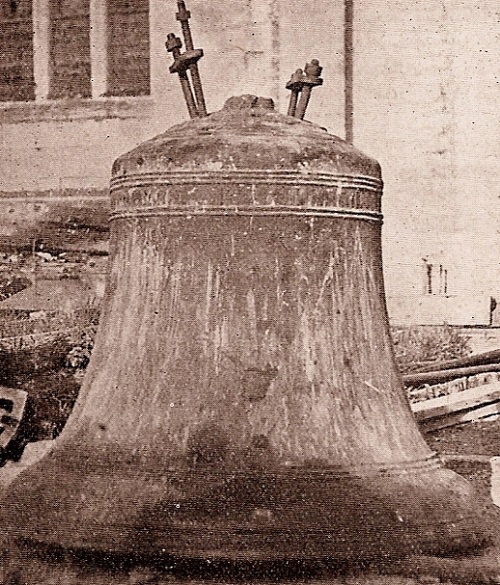
Neale bells remain in use in several nearby churches including Brize Norton, Buscot and Fulbrook. Two Neale bells removed from Fulbrook, including the original treble bell, are now displayed in Burford church.
As well as casting bells, both Henry and Edward Neale made mortars, with fine castings and made for identifiable clients.
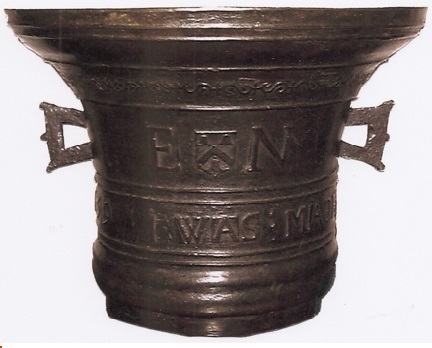
From 1685 to 1865 there was no bell foundry in Burford and work was mainly by the Rudhalls in Gloucester (who cast Burford’s small Sanctus bell in 1720), the Bagleys at Chacombe, Witney and Chipping Norton amongst others.
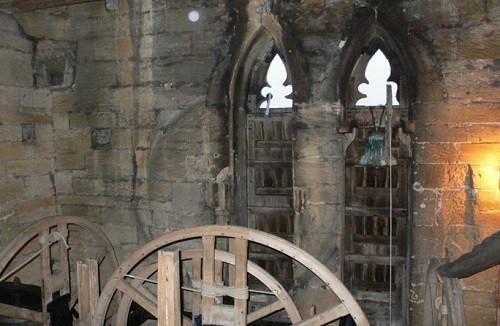
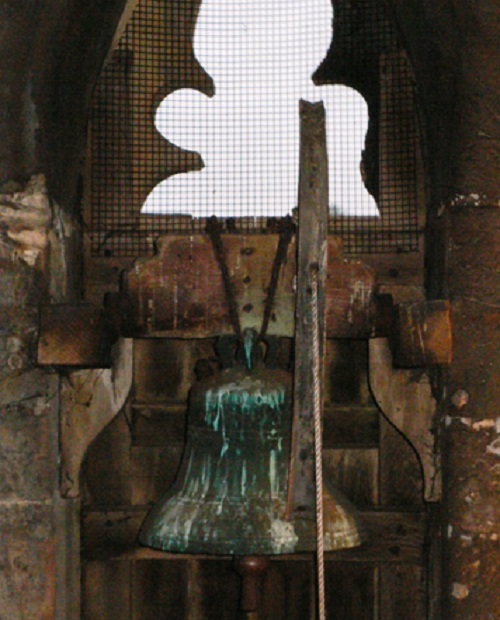
A catalogue entry shows that Henry Bagley of Witney added the final two bells at Burford ( both since recast) to make the full ring of eight. The accounts show that the augmentation took place in 1730. In 1771 Matthew Bagley, the last of the bellfounding Bagleys, replaced the Burford treble, smaller of these two.
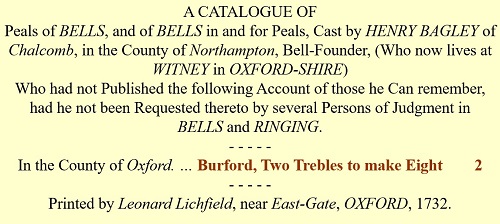
Bell casting returned to Burford in the 1860’s when the Bond family established their business. Henry Bond, the father, had a foundry at Westcote from 1851 which he moved to Burford around 1865. His older son, also Henry, and younger son Tom joined the foundry and it continued until 1947.
Chris took us through the Sheep Street and the later Witney Street locations of the Bond business. From here a further replacement of one of the Bagley trebles was made in 1868, and over time, the family worked in frames and fittings for bellhanging, which was always an important part of the work.
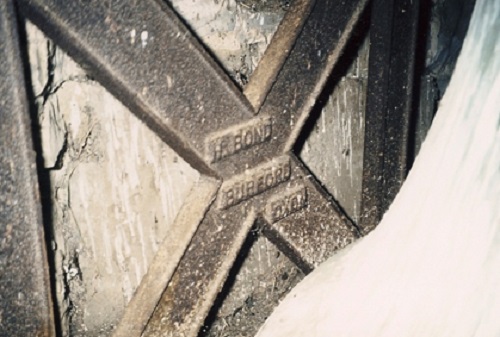
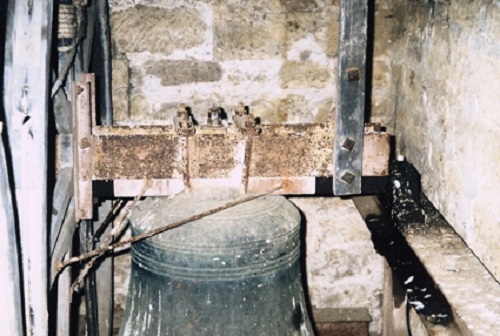
Between 1851 and 1939 there are records of 18 known bells made by the Bond firm, mostly for churches in Gloucestershire, Oxfordshire and Worcestershire, and records for 152 bellhanging jobs.
Chris amused the audience with some examples where the Bond family standards fell a little short of perfection but Henry junior studied with William Blews of Birmingham and had undoubted skill. Bond bells are still in use in churches in Taynton and Chalgrove and there is a Bond Sanctus bell in Saint Nicholas Chadlington.
Chris ended his entertaining and comprehensive talk with a look at bells in local churches to the Wychwoods, including Shipton, Taynton, Ascott, Fifield, Idbury, Leafield and Milton.
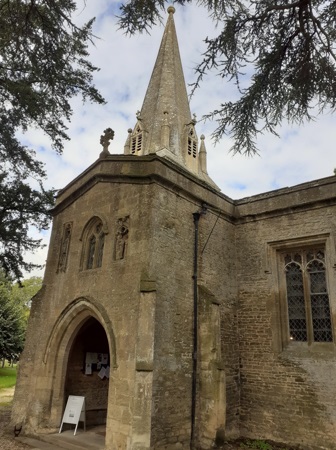
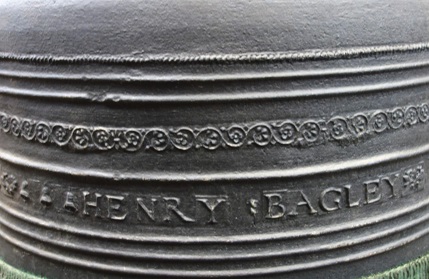
A special mention was made of Chadlington and a recent article by Chris in The Ringing World publication, which describes in detail the history of the bells at St Nicholas’ Church in the village. A PDF of the article is here courtesy of The Ringing World magazine.
About Chris Pickford
Chris has written books on The Steeple, Bells and Ringers of Coventry Cathedral (1987) and Bellframes (1993) – reflecting his spare time activity of church bellringing. He is among the leading historians of bells and ringing and he writes regularly for The Ringing World including an ongoing series “What’s up that tower?” Since 2010 he has been one of the volunteer archivists at the John Taylor Bellfoundry Museum and Archives, leading work on cataloguing and digitising the rich archival and photographic collections.
Chris took up bellringing while at school in Worcester and over time has now rung some 2200 peals of which he has conducted over 400.

